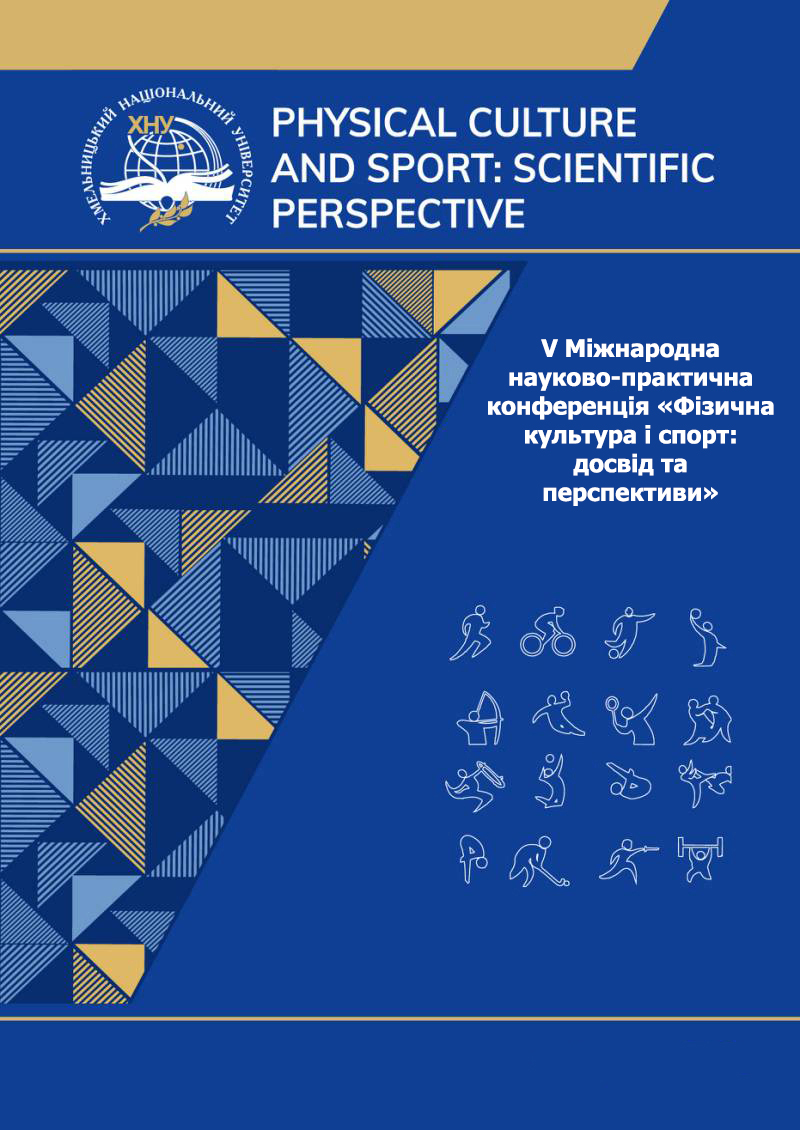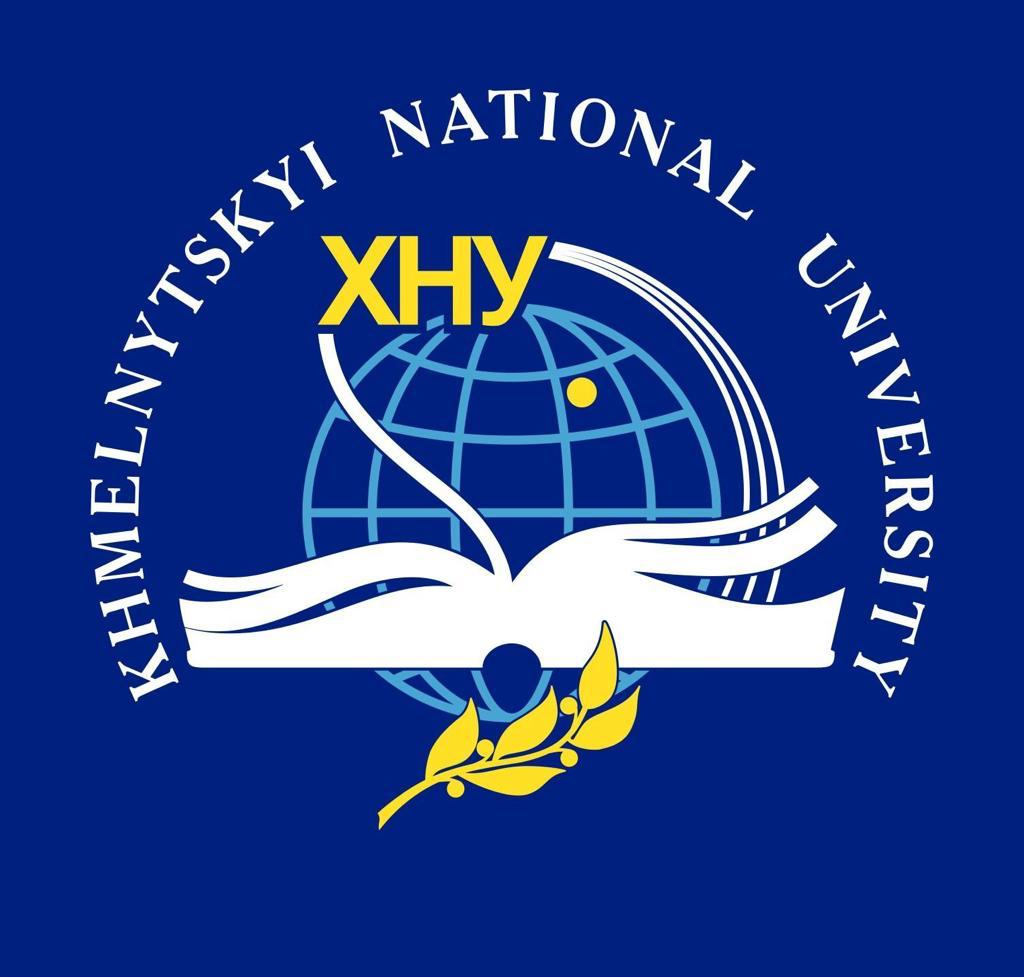PROGRAM OF TEACHING SWIMMING TO PRIMARY SCHOOL CHILDREN IN A DEEP POOL WITH THE USE OF SUPPORTIVE DEVICES
DOI:
https://doi.org/10.31891/pcs.2025.1(1).41Keywords:
swimming training, deep pool, primary school children, supportive devicesAbstract
The purpose of the study is to develop and test the effectiveness of a swimming training program for primary school children in a deep pool.
The paper reveals the peculiarities of the formation of swimming skills in primary school children, substantiates and tests the effectiveness of the program of teaching children to swim in a deep pool with the use of water support devices. It was found that there are certain differences in the speed of mastering the swimming skill between boys and girls of primary school age. However, the effectiveness of training largely depends on the correspondence of the methodology to the initial level of children's fitness and an individual approach to each student.
The method of initial training of children in a deep pool has a number of specific features. In particular, it involves the use of supportive aids, the use of special methodological techniques to reduce the level of fear, and a gradual transition from the supported position to independent holding on the water. The developed program of swimming training for primary school children in a deep swimming pool is designed for 24 lessons with the aim of mastering the technique of swimming by sports methods of crawl on the chest and on the back. In the process of implementing the program, supportive equipment was used: aqua belts, swimming boards and fins.
Swimming fitness was tested using basic motor tests: motor tests in water, which reveal the degree of mastery of the ability to assume a horizontal body position in water in a static mode (“Asterisk” on the chest and on the back), in a dynamic mode (sliding on the chest and on the back), the skill of supporting the water with the hands in an unsupported body position (support stroke), as well as the level of mastery of the swimming technique of crawl on the back and crawl on the chest (25 m without taking into account time).
Pupils of 6-9 years old, who were engaged in the developed program of swimming training in a deep pool, outperformed their peers from the group, who were engaged in a shallow bath in most indicators of test exercises in water, which is one of the main criteria of the program effectiveness.
References
Zubko, V. V., Parakhonko, V. M., & Smirnov, K. M. (2020). Application of the game method in initial swimming training for children in a deep pool. Pedagogical Education: Theory and Practice, (28), 136–144.
Yosypchuk, V. V. (2004). Science of initial swimming training for primary and high school students [Electronic resource]. Lviv. Available at: http://repository.ldufk.edu.ua/handle/34606048/15179.
Koshtur, Ya. Ye. (2018). Ways to optimize swimming training for six-year-old children in a deep swimming pool. Pedagogical Sciences: Theory, History, Innovative Technologies, 4(78), 293–303.
Obrazhey, O. Ye. (2016). Features of swimming training in open waters. Current Issues in the Development of Traditional and Eastern Martial Arts: Proceedings of the X International Online Scientific and Methodological Conference, 10, 391–394. Kharkiv: National Academy of the National Guard of Ukraine.
Pilyarska, I. (2012). The impact of swimming and water exercises on the physical development of primary school children. Physical Education, Sports and Health Culture in Modern Society, (4), 323–325.
Semenov, A. (2022). General provisions of the methodology for accelerated swimming training for primary school children. Youth and Market, 5(203), 91–96.
Simak, N. (2023). Methodological and organizational features of swimming training for primary school children. Scientific Journal of the Ukrainian State University named after Mykhailo Drahomanov, 15(164), 128–131.
Downloads
Published
How to Cite
Issue
Section
License
Copyright (c) 2025 Наталія ГНЕСЬ, Олена ЗЕНДИК, Іван ПАНЬКІВ

This work is licensed under a Creative Commons Attribution 4.0 International License.





